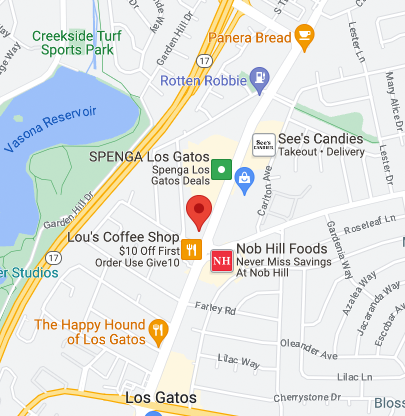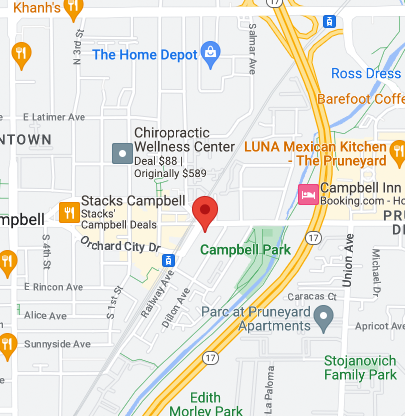Emergency Care
True orthodontic emergencies are rare, but when they occur we are available to you. As a general rule, you should call our office when you experience severe pain or have a painful appliance problem you can't take care of yourself. We'll be able to schedule an appointment to resolve the problem.
You might be surprised to learn that you may be able to solve many problems yourself temporarily until you can get to our office. If there is a loose piece that you can remove, put it in a plastic bag or envelope and bring it with you to your next appointment. If your braces are poking you, put soft wax on the piece that's sticking out. If the wire has slid to one side, you can pull it back to the other side with needle-nosed pliers, replacing it in the tube on the back tooth.
After alleviating your discomfort, it is very important that you still call our office as soon as possible to schedule a time to repair the problem. Allowing your appliance to remain damaged for an extended period of time may result in disruptions to your treatment plan.
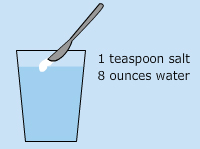
General soreness
When you get your braces on, you may feel general soreness in your mouth, and teeth may be tender to biting pressures for 3-5 days. Stick to a soft diet until your teeth do not hurt to chew.
Irritated gums and other sore spots can be relieved by rinsing your mouth with a warm salt-water mouthwash. Dissolve 1 teaspoonful of salt in 8 ounces of warm water (similar to coffee mug amount), and rinse your mouth for 30 seconds. Repeat these rinses 3-5 times per day and within days most of the swollen or iritated gums are back to normal.
Placing Orabase on the affected area may also help relieve discomfort; Orabase can be found in a pharmacy. If the tenderness is severe, take Acetaminophen (Tylenol) or whatever you normally take for headache or similar pain. Aspirin, Ibuprofen (Motrin, Advil) and Naproxen Sodium (Naprosyn, Anaprox) actually slow the tooth movement, so it is not advisable to use them frequently while wearing braces.
The lips, cheeks, and tongue may become irritated for one to two weeks as they learn a new posture and become accustomed to the surface of the braces. You can put wax on the braces to lessen this. We'll show you how!
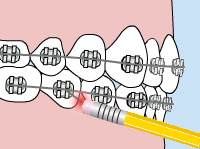
Poking wire
Using a pencil eraser, push the poking wire down or place wax on it so that it is no longer poking. A small amount of wax ( 1/10 of pencil head size amount) rolled between your fingers into a little ball can be placed on the wire to soothe things until you can come in to our office to get the wire adjusted
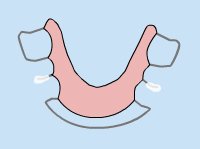
Loose appliance
If one of your expanders has become loose, we will need you to return to our office to repair it. Usually, it means that one of the bands has become loose and may slide up and down on one of your teeth. It's best to make sure that the appliance doesn't ride up too high on the tooth; such that the patient notices it when they bite on the appliance as they close their teeth. Bubble gum can be used as a temporary glue to help the band stay in place until you can see us.
If your appliance is poking you, place wax on the offending part.
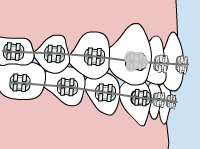
Loose bracket
If your bracket or band is still attached to the wire, you should leave it in place and put wax on it if needed for comfort.
If the bracket or band can be removed easily, place it in an envelope and save it to bring to your next appointment. Please call the office to let us know ahead of time so that we may be properly prepared to care for you in the most efficient and timely fashion.
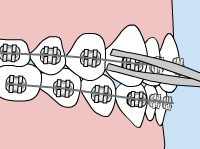
Loose wire
Using a pair of tweezers or needle-nosed pliers, try to put your wire back into place. It is okay to use a piece of floss to tie the wire into place: tie the floss around the bracket in place of the missing colored o-ring.
If you cannot put the wire into a comfortable position, and covering the end with wax doesn't help, as a last resort use a small fingernail clipper to clip the wire behind the last tooth to which it is securely fastened. If the end of the wire is still sharp place wax on it.



